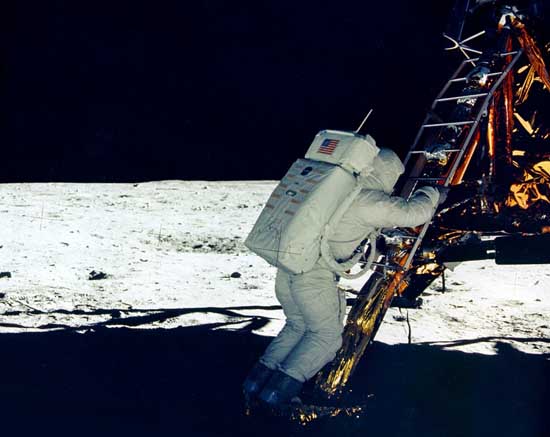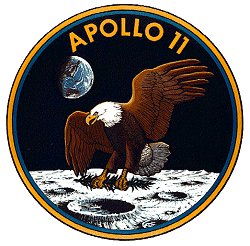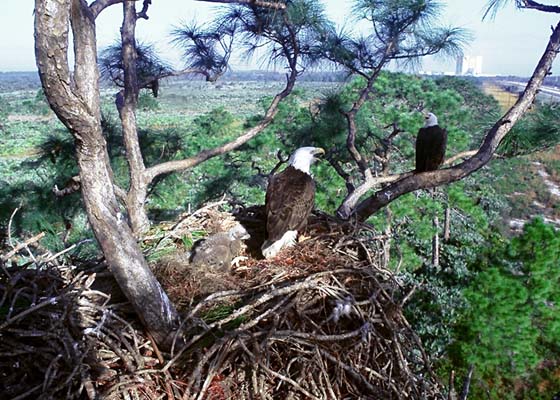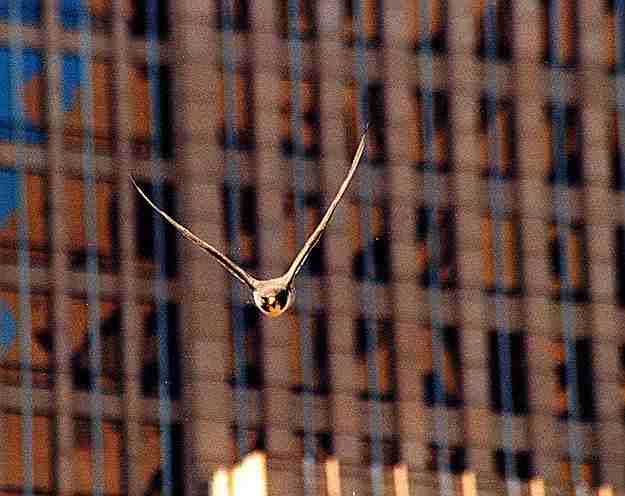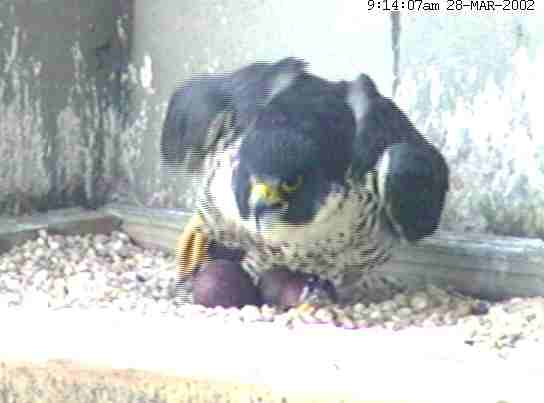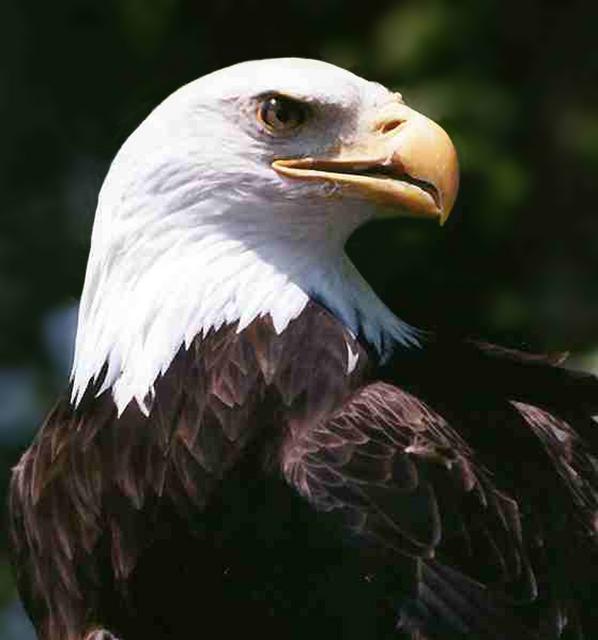Click here to read what happened earlier
FALCON FLASH
Dateline: Cleveland, Ohio
March 30, 2012
This week marks an important anniversary at this nestsite. It was 10 years ago that a battle took place over this nesting territory - between SW and the legendary Zenith, who had reigned over this nestsite for 9 years. By 2002, Zenith was getting up in years, and she had the peregrine characteristic of leaving her nestsite unguarded during the winter, probably while she migrated south. The word peregrine means “wanderer” and peregrines have been known to migrate 1,000s of miles from their nest. In late winter/early spring of 2002, SW had moved into Zenith’s nest and had already laid 4 eggs by the time Zenith returned from her winter wanderings. A battle ensued and Zenith was killed by the younger SW.
This is Zenith returning to her nestsite after her winter wanderings …….
And this is SW defending her 4 eggs as Zenith came towards her to battle for the nest. Falcon fans entitled this picture “Protect and Survive”…...
You can read much more about the battle between SW and Zenith at:
Now it is SW that is aging, and falcon fans have been concerned that a new female will challenge her at some point. SW’s previous mate of 8 years, Buckeye, was challenged a few years ago and was also killed in battle. It is the way of falcons.
Mr. Harvey Webster, Director of Wildlife Resources at the Cleveland Museum of Natural History, talks about SW’s age:
“SW exhibited a long delay between Egg #2 and Egg #3 so what gives? Though this is SW's 11 year at the Terminal Tower, she hatched in 1999 and is 13 years old. Falcon propagators have noted that productivity slips with captive Peregrine Falcons around the 14th year. Whether age takes its toll on how well SW can mobilize the materials to create the egg or whether her ovary is ripening fewer ova, it is impossible to say, but that longer interval between Eggs 2 & 3 could be symptomatic of this impending slip in productivity.”
Mr. Webster of the Cleveland Museum of Natural History built SW and Boomer’s nestbox back in 1991 and it has played a part in the recovery of the endangered species, the peregrine falcon. Over 50 peregrine chicks have been hatched and raised at this nestsite. You will be interested to know that Mr. Webster also played a part in the recovery of the species bald eagle, whose history of near extinction is similar to the peregrine falcon’s.
The pesticide DDT nearly caused the bald eagle, as well as the peregrine falcon and other species, to become extinct. On July 20, 1969, astronaut Neil Armstrong was the first human to set foot on the moon and his famous first words were, "the Eagle has landed." The Eagle was the name of the Apollo 11 spacecraft, named after America's national symbol the bald eagle - but in 1969 real eagles were disappearing across North America and in danger of extinction.
Like peregrines, the bald eagle has recovered from near extinction thanks to the banning of DDT, and to a captive breeding program and the efforts of scientists and volunteers who worked for decades to save the species. Here are eagles nesting near the Kennedy Space Center:
To read more about the recovery of the bald eagle from near extinction and the nests near the Kennedy Space Center, go to: http://www.nasa.gov/centers/kennedy/news/eagles.html
You can watch a live EagleCam of a nest in Colorado at: http://birdcam.xcelenergy.com/eagle.html
Mr. Webster tells a funny story about the museum’s first attempt at captive breeding of bald eagles:
“When I started at the museum [1974], we had a pair of bald eagles -- George and Martha -- that we displayed in the Perkins Wildlife Center on the museum's campus in University Circle. Eagles were critically endangered in Ohio at the time. Our goal was to be able to provide eggs and eaglets for placement in wild Ohio nests and thus help restore eagles in this region.
Well, all George and Martha ever did was fight, and the fighting got so bad that one day we found Martha standing in a bloody snowbank, George clenched in her talons. So we separated the eagles. A remarkable thing ensued. Martha started to become very tame to Carl Lutzmann, my co-worker at the museum. So tame in fact that Carl went into her cage one day and found she had laid an egg! Though the egg was infertile, we were tremendously excited; after all, at that time she was one of only three egg-laying bald eagles that we knew of in captivity”.
Mr. Webster and his crew at the Museum were hoping George could help Martha have a fertile egg – one that would actually hatch a chick – but shortly after Martha laid that first egg, Mr. Webster tells us:
“We went into [George’s] cage one morning and there was George sitting on an egg! George, it turns out, was a female. How could we mistake Georgette for a male, you might ask? Well, when we got the eagles from the federal government, they told us they were male and female, and you always believe what your government tells you. Besides, the only external differentiation between a male and female eagle is size, with the female the bigger bird. Eagle size can be variable depending on where the eagles come from. We had egg on our faces for that mixup!”
They kept trying and the Cleveland Museum of Natural History went on to successfully breed eagles in captivity which helped the species recover from near extinction.
Kids might be interested to know that Mr. Webster began his work as a volunteer at the Cleveland Museum of Natural History when he was 11 years old. He has done many things to help wildlife ever since, including helping to save Endangered Species.
Eagles and peregrine falcons are raptors and you might be interrested in comparing the two species. You can find out more information about raptors at:
To watch the falcons live go to: http://www.falconcam-cmnh.org/news.php
Our thanks to the Cleveland Museum of Natural History for sponsoring the FalconCams and for the still of SW “Protect and Survive”.
Mr. Webster’s story about eagles comes from an interview with him by Sarah Crump of the Cleveland Plain Dealer newspaper.
Photos from the Apollo 11 Mission are courtesy of NASA: http://www.nasa.gov/
Photos are courtesy of Scott Wright, volunteer peregrine nest monitor. They may be used in any non-commercial publication, electronic or print, but please give photo credit.
Click here to read what happened next
